Did you know? How many types of gas burners are used in the industry?
A burner, also known as a combustion burner, is a crucial component in the combustion process, commonly used in boilers, furnaces, and cremation systems at temples. In industrial applications, gas burners come in many different types, which can be classified by shape, design, application, or method of air mixing. Here, I will categorize them based on the most widely used types as follows:
1. Air heat Burner
This type of burner requires a high turndown ratio and can operate under conditions with a high level of excess air. The flame provides medium heat output and is generally designed for use in combustion chambers with negative pressure. If the combustion chamber operates under positive pressure, a blower with appropriate pressure capacity should be selected.

2. Duct Burner
This type of burner is designed to be installed inside an air duct, allowing hot air to be evenly distributed in a laminar flow. The burner is typically designed in modular form, enabling size expansion by symmetrically connecting additional modules. It is commonly used in hot air systems, fume incinerators, and HRSG (Heat Recovery Steam Generators) in power plants.
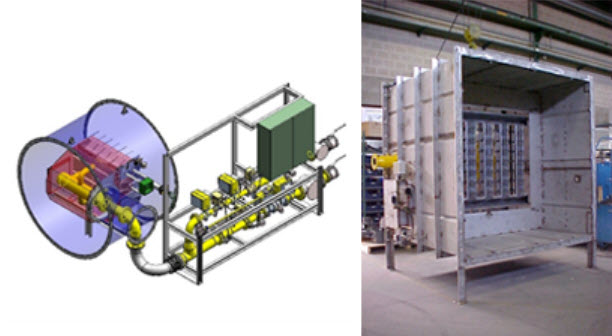
3. Line Burner
Another type of burner comes in a modular design, which can be assembled into shapes that match the furnace or the specific workpiece. It is available in both raw gas and premix types.
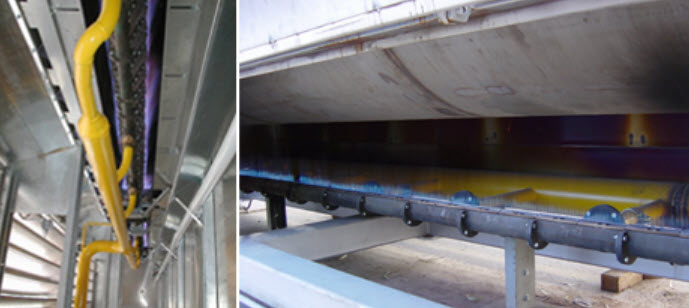
4. High Temp Burner
This type of burner is used with furnaces operating at high temperatures of 400°C and above. It is typically made of refractory concrete or heat-resistant materials such as ceramics or silicon carbide and is commonly applied in kilns, ovens, and melting furnaces.

5. Premix Burner
This type of burner requires mixing air and gas in the proper ratio before ignition to produce a flame at the burner. It is suitable for furnaces with multiple burners or systems with distributed nozzles.
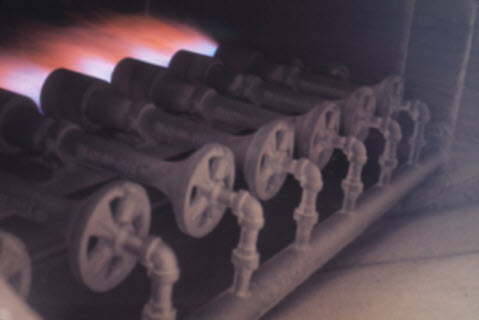
6. Infrared Burner (IR Burner)
An IR Gas Burner is a premix burner that heats an element or tile until it glows red, emitting infrared radiation used for drying or heating workpieces. Various materials have been developed for the elements to increase heat output, extend service life, and improve overall efficiency.

7. Recuperator Burner
This type of burner is equipped with a recuperator integrated into the burner itself. It is commonly used in high-temperature furnaces, where the recuperator helps save energy. Such burners are widely applied in wire annealing furnaces and various metal processing furnaces.
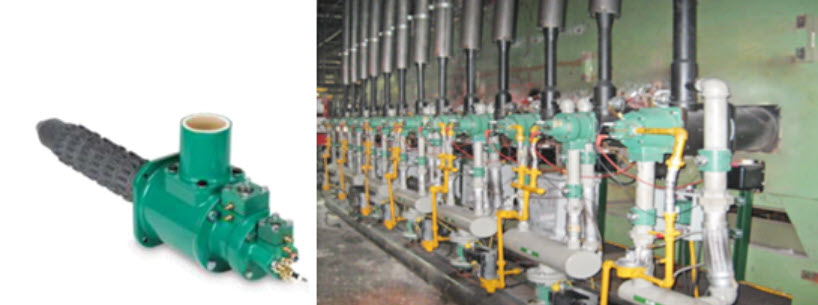
8. Immersion Burner
This type of burner is designed for combustion inside small tubes, allowing the tubes to be coiled easily. The tubes must be submerged in water or chemical solutions. The tube length must be properly designed, as excessive length can cause condensation inside the tube, leading to rapid corrosion.

9. Oxygen Burner
This type of burner uses oxygen directly to support fuel combustion, significantly reducing exhaust gas released through the stack and minimizing heat loss. The flame produced by an oxygen burner reaches very high temperatures, making it suitable for high-temperature furnaces and melting applications.
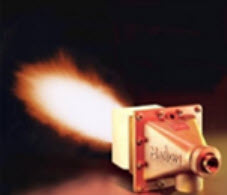
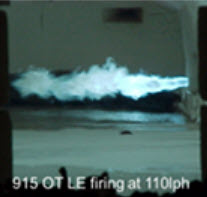
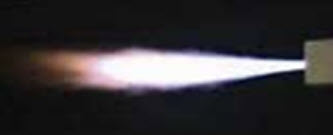



 English
English Thailand
Thailand










